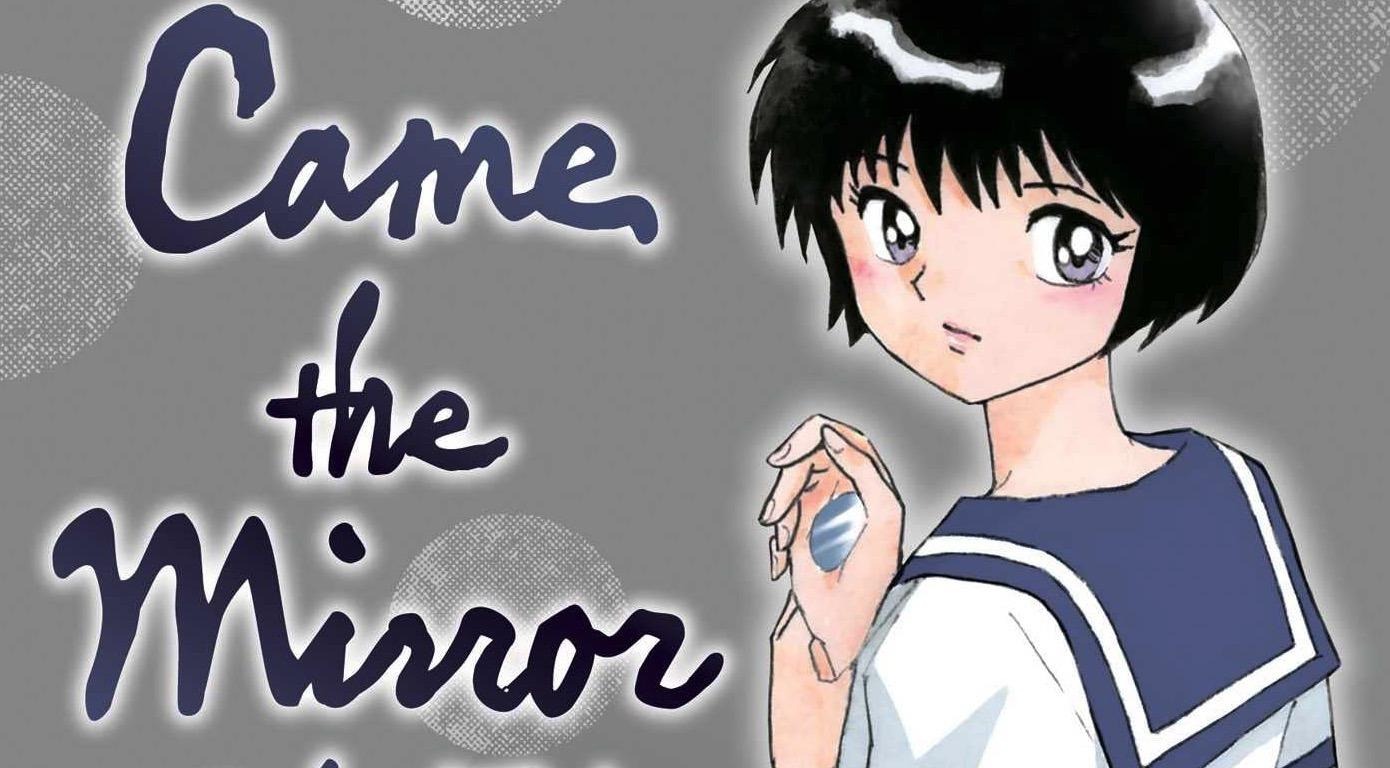When I first picked up Came the Mirror on ComicK, I didn’t know what to expect beyond Takahashi’s reputation for blending humor with the supernatural. From the very first story, I was immediately immersed in a world where magic isn’t just a spectacle it’s an intimate lens on human emotion and moral choices. It felt like wandering through someone’s dream diary, where every twist is equal parts eerie, funny, and thought-provoking.
Came the Mirror Power, Responsibility, and Teen Angst
The title story immediately hooked me. Watching Nana and Eito grapple with magic mirrors that reveal the darkness in others felt surprisingly intense, especially through Takahashi’s lens of teenage curiosity and moral dilemmas. I found myself empathizing with their uncertainty, remembering my own fumbling decisions as a teenager.
What makes this story stand out is Takahashi’s delicate balance between tension and humor. The grotesque manifestations of inner evil are scary but often edged with moments of absurdity that had me chuckling nervously. It’s the kind of horror that makes you think while keeping you entertained.
Reading this story reminded me why Takahashi’s characters feel so real. Nana and Eito aren’t perfect they’re awkward, impulsive, and sometimes frustrating but it’s precisely their flaws that made me root for them throughout the tale.

Revenge Doll Jealousy, Magic, and Dark Humor
“Revenge Doll” is a deliciously twisted story that taps into one of humanity’s most relatable vices: envy. Sentaro Yuda’s obsession with a younger, more talented artist is at once cringe-worthy and oddly sympathetic. I couldn’t help but laugh at his over-the-top reactions while feeling a twinge of recognition from my own petty jealous moments.
The cursed doll’s role is brilliant; it’s a physical manifestation of Yuda’s inner darkness, and watching him navigate his growing obsession is both horrifying and hilarious. Takahashi has a knack for showing how human flaws become amplified under magical circumstances.
By the end, I found myself reflecting on ambition, pride, and the consequences of letting envy take over. It’s darkly humorous but leaves a lingering thought about human nature that stayed with me long after I closed the volume.
With Cat A Purrfectly Absurd Transformation
If you ever doubted that Takahashi could turn a mundane fear into a surreal adventure, “With Cat” proves otherwise. Shuta’s struggle with a growing feline obsession while trying to reconnect with his childhood crush is simultaneously ridiculous and oddly relatable. I couldn’t stop laughing at his inner panic as his behavior starts shifting in unpredictable ways.
What struck me was how Takahashi blends magical realism with subtle commentary on desire and self-awareness. The story’s absurdity doesn’t feel forced it’s part of the charm, a signature touch that makes her short stories unforgettable.
I found myself reading this story more than once, noticing small visual gags and emotional cues that I missed the first time. It’s whimsical, chaotic, and perfectly showcases Takahashi’s ability to mix humor with heartfelt storytelling.
My Sweet Sunday: A Glimpse into the Young Artist
This autobiographical piece offers a rare, intimate peek into Takahashi’s early years as a manga artist. I was fascinated by her anecdotes of studying Tezuka’s work, practicing sequential art, and nurturing her ambitions while juggling daily life. It made the rest of the collection feel even more personal and meaningful.
Reading her reflections felt like peeking into a diary I wasn’t supposed to see—but in the best way possible. I found myself nodding along with her struggles and triumphs, recognizing the passion, perseverance, and quirky humor that fuel her entire career.
I also appreciated how seamlessly this piece complements the fictional stories. It reminded me that behind every magical tale is a human perspective grounded in experience, observation, and a love for storytelling.

Art Style: Expressive, Dynamic, and Emotionally Rich
Takahashi’s art in this collection is classic yet fresh. From expressive close-ups that capture subtle emotions to fluid action that carries comedic timing perfectly, every panel is thoughtfully composed. I found myself lingering over pages, noticing how gestures, expressions, and even background details enhance the narrative.
Her skill at balancing horror, humor, and everyday life in visuals is remarkable. Even the grotesque manifestations of human darkness are rendered in a way that’s fascinating rather than overwhelming. It’s impossible not to appreciate the craft behind each carefully placed line and shadow.
This attention to detail made me feel like I was inside each scene, not just observing it. I laughed, shivered, and sighed in tandem with the characters a true mark of immersive storytelling.
Why Came the Mirror Is a Must-Read
What I loved most is Takahashi’s ability to reveal the extraordinary within the ordinary. Ordinary characters are thrust into bizarre situations, yet they remain relatable, grounded, and endlessly entertaining. It’s a gentle reminder that even in fantastical worlds, human nature drives every story.
For anyone looking to experience the genius of Rumiko Takahashi in compact, unforgettable tales, I highly recommend picking up Came the Mirror on ComicK. It’s a journey full of laughter, chills, and reflection a collection that will stick with you long after the last page.
